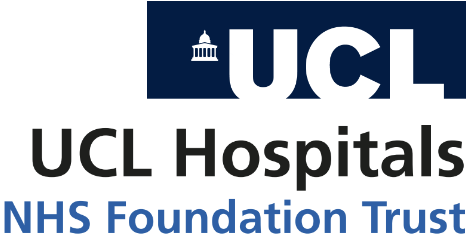This study hypothesized and evaluated the use of spectacles in a community context for minimizing the likelihood of COVID-19.
Among the 58,670 volunteers of the Virus Watch cohort, the researchers invited 31,749 participants to answer a monthly survey about contact lenses and spectacle use, and 19,166 responded to this questionnaire. The questionnaire covered topics including purpose, frequency of use, and probability of using a face mask with spectacles.
While 22.99% of people who never wore spectacles for general use had COVID-19, only 15.63% of those who constantly wore spectacles for regular use were SARS-CoV-2-infected. The multivariate regression model controlled for gender, income, age, and occupation and depicted a 15% lower chance of COVID-19 for individuals who reported wearing spectacles constantly for general usage than people who had never worn spectacles. A similar observation was found in those using spectacles always for reading and other particular activities.
The study findings demonstrated that individuals who use spectacles had a lower chance of SARS-CoV-2 infection than non-spectacle users. However, the protective effect against COVID-19 was not observed in contact lens users.
Overall, the present research indicates the relevance of the eye as a portal for SARS-CoV-2 infection. The authors found a moderate decline in the chance of COVID-19 in individuals who wore spectacles. This research extrapolated the existing evidence of the SARS-CoV-2 infection through the eyes in the hospital setting to a community context.
This work has been reported on here:
For a link to the full article please see: https://www.medrxiv.org/content/10.1101/2022.03.29.22272997v1
